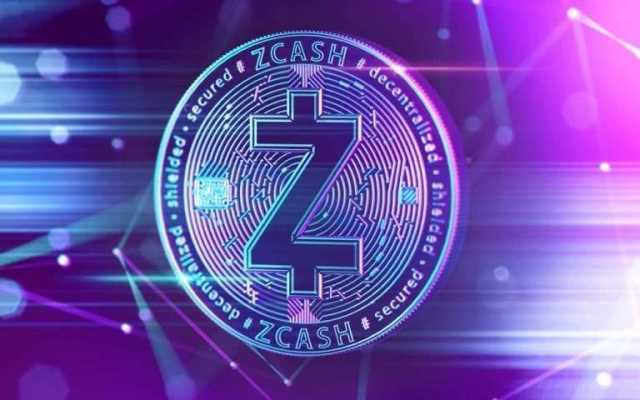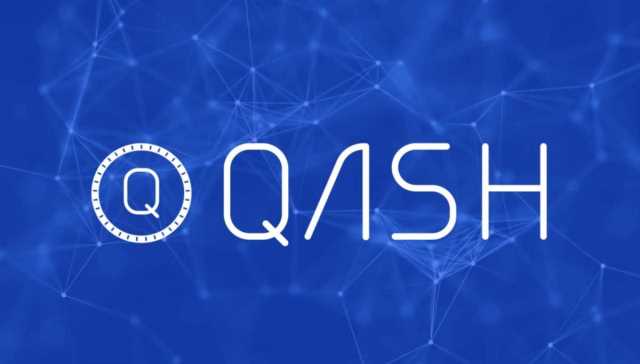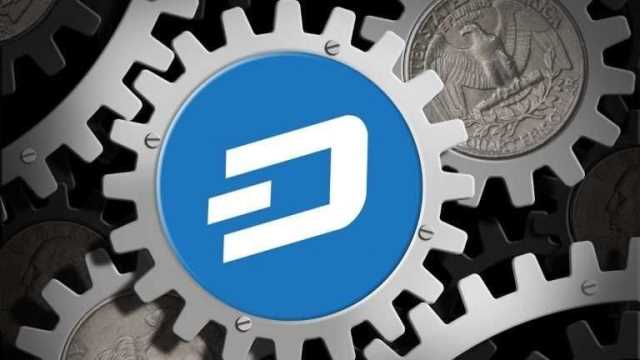
This network of programs compares each document with the ones they have stored and accepts them as valid based on the hashes they generate. If a document doesn’t generate a hash that is a match, that document is rejected by the network. Bits of data are stored in files known as blocks, and each network node has a replica of the entire database.
Different Types of Cryptography

It can also authenticate senders and recipients and guard against repudiation. Voting with blockchain carries the potential to eliminate election fraud and boost voter turnout, as was tested in the November 2018 midterm elections in West Virginia. Generating these hashes until a specific value is found is the “proof-of-work” you hear so much about—it “proves” the miner did the work. The amount of work it takes to validate the hash is why the Bitcoin network consumes so much computational power and energy. The nonce value is a field in the block header that is changeable, and its value incrementally increases every attempt. If the resulting hash isn’t equal to or less than the target hash, a value of one is added to the nonce, a new hash is generated, and so on.

The mathematical form of the Diffie-Hellman exchange
They can therefore provide special functions for preventing any clashes. As it is now, every node of a blockchain network stores a copy of the entire data chain and processes every transaction. This requires a certain level of computational Blockchain Cryptography power, resulting in slow, congested networks and lagged processing times especially during high-traffic periods. Scalability issues arise due to limitations in block size, block processing times and resource-intensive consensus mechanisms.
Types of encryption: Asymmetric Encryption
- No blocks can be added to the blockchain until it is verified and has reached consensus.
- If someone tries to tamper with data from any part of the blockchain, the change will result in a completely different hash at the root hash.
- The integrity of the message is verified when the two message digests are the same.
- When the transaction is verified, the hashing algorithm adds the hash to the block, and a new unique hash is added to the block from the original transaction.
Whenever a new block is added to the blockchain, every computer on the network updates its blockchain to reflect the change. Perhaps no industry stands to benefit from integrating blockchain into its business operations more than personal banking. Financial institutions only operate during business hours, usually five days a week. That means if you try to deposit a check on Friday at 6 p.m., you will likely have to wait until Monday morning to see that money hit your account. Some companies experimenting with blockchain include Walmart, Pfizer, AIG, Siemens, and Unilever, among others. For example, IBM has created its Food Trust blockchain to trace the journey that food products take to get to their locations.
Asymmetric key cryptography is a widely used encryption technique in modern cryptography. The output of cryptographic hash algorithms exhibits the second crucial characteristic, uniqueness. With cryptographic hash functions, you don’t have to be concerned about two different inputs producing the same output.

The transparent system offers users real-time visibility of their shipments, from manufacturing to delivery. These insights help compile data, determine faster routes, remove unnecessary middlemen and even defend against cyberattack interference. Discover the essentials of blockchain security, from cryptographic techniques to advanced consensus mechanisms. Learn about threats, solutions, and future innovations in this evolving field. Beyond this, the use of digital signatures acts as a guarantee, assuring the legitimacy of a document or a transaction within the blockchain.
Blockchain-Based Piecewise Regressive Kupyna Cryptography for Secure Cloud Services

Symmetric key cryptography uses a shared key for both encryption and decryption. The core concept that blockchain solves is primarily focused on enabling private and secure communication between twoparties. Imagine you typed some information into a document on your computer and sent it through a program that gave you a string of numbers and letters (called hashing, with the string called a hash). You add this hash to the beginning of another document and type information into it. Again, you use the program to create a hash, which you add to the following document. Each hash is a representation of the previous document, which creates a chain of encoded documents that cannot be altered without changing the hash.
Implications of blockchain and cryptography with Digital Signatures
At that rate, it’s estimated that the blockchain network can only manage about seven transactions per second (TPS). Although other cryptocurrencies, such as Ethereum, perform better than Bitcoin, blockchain still limits them. Although blockchain can save users money on transaction fees, the technology is far from free. For example, the Bitcoin network’s proof-of-work system to validate transactions consumes vast amounts of computational power.











